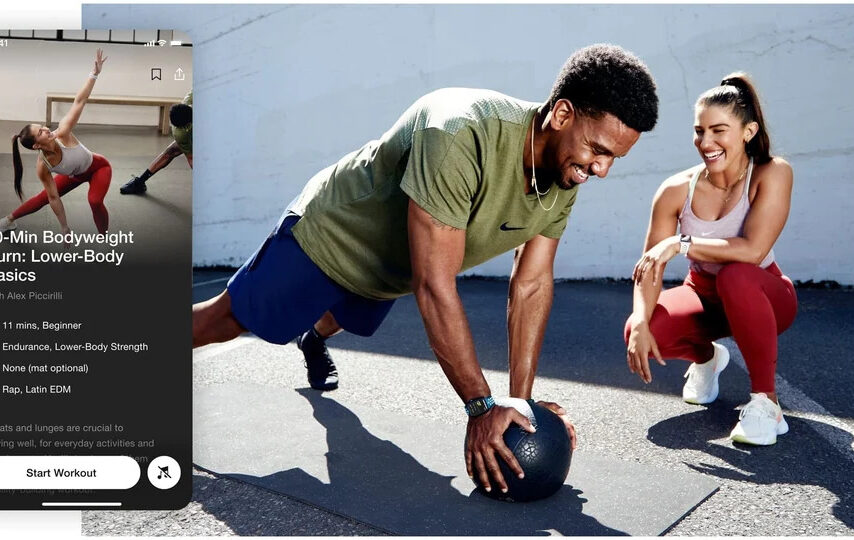Building a health and fitness app is a challenging task. It takes hours of design, development, and testing to create a product that’s not only functional but user-friendly. So, how much does it cost to make an app like that?
In this article, we’ll break down the costs associated with developing a mobile-based fitness application from start to finish.
Fitness Mobile App Development: Market Size & Trends
The health and fitness mobile app market is multiplying and is expected to expand at a compound annual growth rate (CAGR) of 17.6% over the next decade. The Covid-19 pandemic and the increasing number of mobile users drive this growth.
Popular fitness apps offer workout tips, nutrition advice, and tracking capabilities. These apps are most popular with millennials, who are increasingly interested in staying healthy and fit.
The fitness mobile app market is expected to proliferate in the next few years, with increasing revenues and a growing number of users.
MVP Cost for Fitness App Development
The first step in developing your fitness app is determining your minimum viable product or MVP. It is the most basic version of your app that will include only the essential features and functions.
You’ll need to decide on essential features for your users and focus on those first. You can add additional features later as your app grows and becomes more popular. A ballpark estimate for developing an MVP for a fitness app would be around $10,000-$15,000.
Estimated Cost to Develop a Fitness App
Generally, you can expect to pay around $50,000 – $150,000 for custom health and fitness application development. This will give you an app with basic features and functionality designed and developed from scratch. However, the cost can significantly increase if you’re looking for a more complex or customized app.
Developing a Fitness App: Key Cost Factors
It is always wise to know the different fitness app development cost factors that come into play.
- The first factor is the feature and functionality. A fitness app can have many features, from a simple calorie counter to a complex workout tracker. If you want your app to have a lot of bells and whistles, that will cost more than if you’re looking for something basic.
- The second factor is the platform. If you want your app to be available on iOS and Android, you will need to develop two separate versions. You can, however, choose a cross-platform framework to build a fitness app and save costs.
- Another factor is whether or not you want your app to be native or web-based. Native apps will be more expensive because they’re developed specifically for one platform, whereas web-based apps can be used on any platform.
- Finally, the last factor is the company you choose. App development companies vary widely in terms of their price and quality. Researching and finding a mobile app development company that fits your budget and work ethic is crucial.
Tips to Ensure Your Health and Fitness App Is a Success
Creating a successful health and fitness app takes time, energy, and money. But if you do it right, it can be a hugely rewarding experience. Keep these points in mind:
- Understand your target audience. Research the demographics (age, sex, income, education, etc.) and psychographics (lifestyle, interests, values, etc.) of your potential app users.
- Ensure there’s a demand for the type of app you want to create. There’s no point in putting all this time and effort into something that nobody will use.
- Create a prototype or MVP (minimum viable product) to get feedback from potential users. It will help you validate your idea and make sure it’s something people want to use.
- Plan for marketing and budget accordingly. Additionally, you’ll need to factor in app updates and maintenance costs. With a solid marketing and budget plan, you will see the return on investment you were hoping for from your app.
If the above tips seem time-consuming, don’t worry, there’s an easy way out. Hire a professional fitness app development service. They will work with you as a team, understand your app’s goal and vision, and create the exact app you want. They will also help you design a marketing strategy to attract new users and keep users coming back.
Conclusion
So there you have it: a brief idea of the cost factors in developing a health and fitness app. The end cost can go up or down depending on the features and complexity of the app. But this gives you a fair estimate of what to expect.
When developing a health or fitness app, it’s essential to factor in time and budget. And if you’re on a tight budget, you must be realistic about the features you can include. Also, hiring a professional fitness app development company will ensure you can release an MVP in no time.








